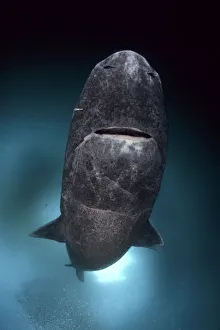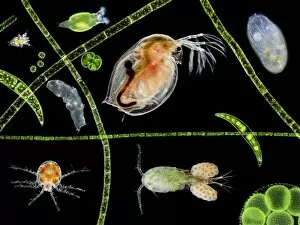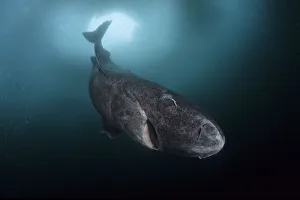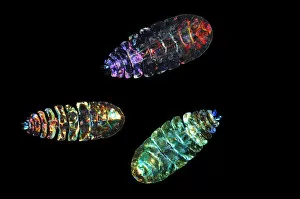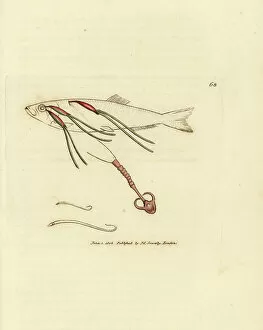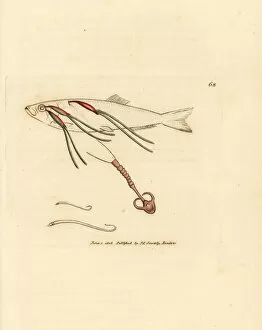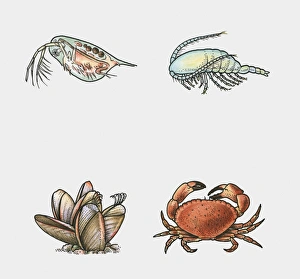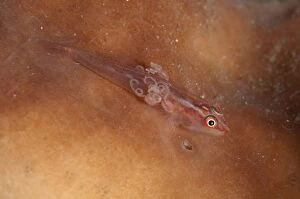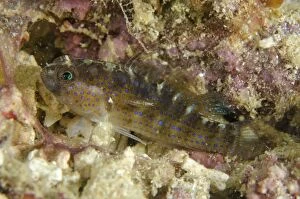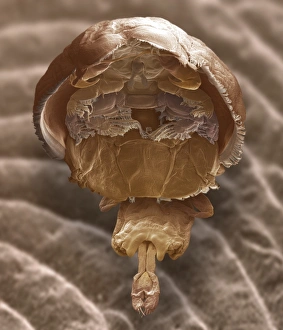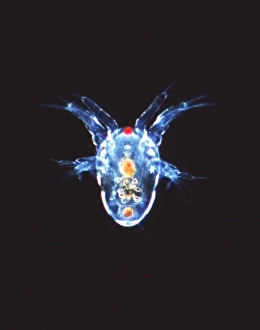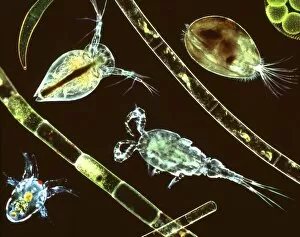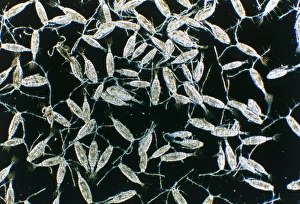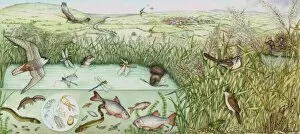Copepod Collection
"Copepods: Fascinating Creatures of the Ocean and Beyond" Copepods, small crustaceans that inhabit various aquatic environments, are truly remarkable creatures
All Professionally Made to Order for Quick Shipping
"Copepods: Fascinating Creatures of the Ocean and Beyond" Copepods, small crustaceans that inhabit various aquatic environments, are truly remarkable creatures. From their role as parasites to their vibrant colors and diverse species, copepods have captured the attention of scientists and nature enthusiasts alike. In the depths of the ocean, a Greenland shark gracefully swims with a parasitic copepod attached to its body. This particular copepod, known as Ommatokoita elongata, relies on its host for survival, and is an intriguing example of symbiotic relationships in nature. Meanwhile, in tranquil ponds teeming with life, these tiny organisms play a vital role in maintaining ecological balance. As marine planktonic copepods like Sapphirina sp. Float freely in the water column, they serve as crucial food sources for larger organisms higher up the food chain. One cannot help but marvel at the intricate details of these copepods' anatomy when observing them under a microscope. Their delicate bodies and unique adaptations make them fascinating subjects for scientific study. Lernaeenicus sprattae is another peculiar member of this group—a blood-feeding copepod parasite found clinging onto fish's eyes or even oyster shells. Its presence highlights how they can adapt to different hosts and habitats throughout their lifecycle. The British Miscellany showcases beautiful hand-colored engravings by James Sowerby depicting various aspects of natural history—including an illustration featuring strange worms found on an oyster shell alongside copepod species. These artworks remind us that fascination with these creatures dates back centuries. As we delve deeper into understanding our planet's biodiversity, it becomes clear that every organism has its place within ecosystems—they are no exception. Whether they serve as essential links in marine food webs or captivate us with their vibrant hues, these brightly colored marine planktonic Copepod (Sapphirina sp. ) remind us of the wonders that lie beneath the surface of our oceans.

